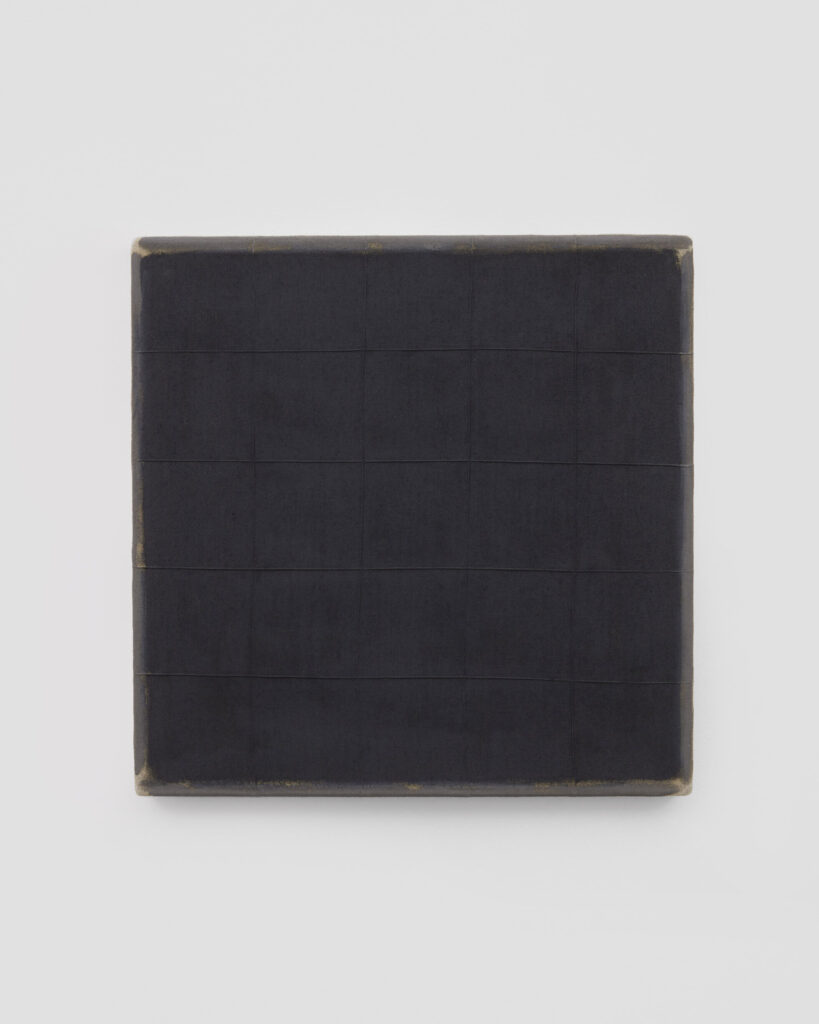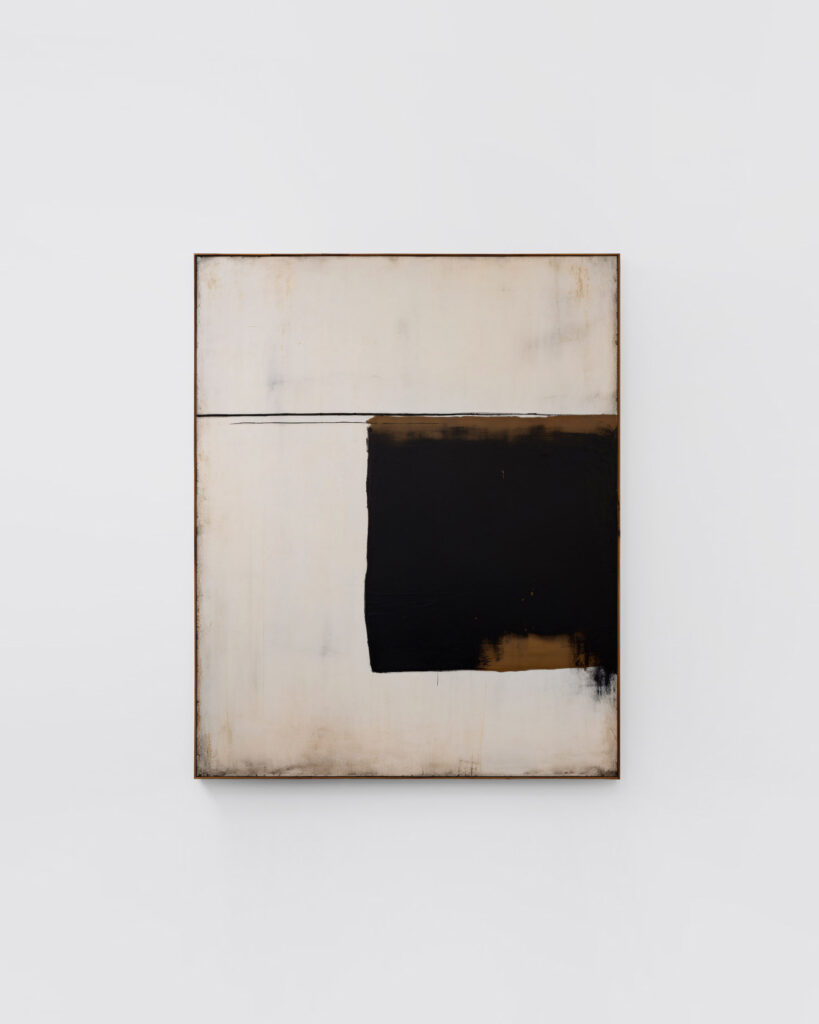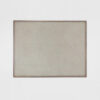The title of an artwork is one of the first pieces of information we encounter when we look at a work of art. From precise descriptions to philosophical or vague and meaningless phrases, everything is included.
But what does the title of a work of art actually tell us? Does it give us decisive clues as to what the artist wants to tell us, or does it even limit our own interpretation and experience? Interestingly, many artists even seem to find it difficult to give their work an appropriate title – numerous “Art Title Generators”1 on the Internet bear witness to this uncertainty. And this uncertainty is understandable. After all, the title also plays an important role in the sale of a work of art, as we will learn later in the text.
So how important is the title, both for the artist and the viewer? Does the title make the art?
The historical context of art titles
A brief look at the historical context shows that from antiquity to modern times, the title was merely a simple description of the content depicted. “The Birth of Venus” (Botticelli, 1486) or “Peasant Wedding” (Bruegel the Elder, 1567) are classic examples of this. Interestingly, these names were not usually given by the artists themselves but were often assigned later by patrons or art historians.2
It was not until the Enlightenment of the 18th century, with the emergence of the first museums and exhibitions, that titles began to gain importance and become more than mere descriptions. Artists like McNeill Whistler started naming their creations with care. Artists such as McNeill Whistler began to give their works carefully chosen titles (e.g. Symphony in White No 1, 1862) and for the first time created an additional layer of meaning in their work.3
The French artist Marcel Duchamp went even one step further. In 1917, he gave a urinal the title “Fountain”, provocatively questioning what could be considered art. These so-called ready-mades, everyday objects that the artist took out of their original context and gave new titles, led to the conceptual view of a work of art coming to the fore.
By the middle of the 20th century, artists such as Kandinsky, Mondrian and Pollock increasingly preferred abstract titles. Finally, the anti-title “Untitled” appeared more and more frequently. Artists such as Mark Rothko used this designation for their works to encourage viewers to engage with their art without predetermined explanations or interpretations.3 The title was therefore no longer an informative addition or simple reference but became a decisive element of a work.


When the title determines the sales price
In today’s art world, the title has taken on an even more complex role. It is used to initiate dialog and discourse and sometimes even to provoke. For many artists, the title has become as meaningful as the artwork itself. It becomes an addition to the artwork and even serves some artists as part of their self-staging.
Various studies have investigated the influence this has on our perception and aesthetic evaluation of art. As the results of researchers such as Gerger and Leder4 or JooYeon Park5 show, the title not only influences the aesthetic evaluation of the work but can even affect the sales value – with different effects depending on the level of recognition of the artist and the type of title. The title of an artwork can therefore be of considerable importance, as the studies show.
But how does all this fit together? A work of art should be experienced without additional explanations and information. Nevertheless, the title can be an important element in the dialog between the artist and the audience and thus plays a decisive role in shaping the experience of the artwork. Duchamp’s “Fountain” showed that the title can even be a decisive contribution to broadening and deepening the scope for interpretation and the discourse surrounding a work.
But especially with abstract, minimalist works, the title can act like a corset that can restrict the freedom of one’s own interpretation and perception. Seen in this light, an “Untitled” could sometimes be the most honest invitation an artist can give us so that we can engage with their work freely and without preconceptions.
Further Reading / Resources
- https://www.google.com/search?sca_esv=589549041&rlz=1C5CHFA_enDE976DE976&sxsrf=AM9HkKmrf1KZO05uMu-eFtRLNIkRaF4Fzg:1702208171184&q=Art+Title+Generator&spell=1&sa=X&ved=2ahUKEwjs8YDL44SDAxWJXfEDHX3ZAJ4QBSgAegQIBxAC&biw=1440&bih=757&dpr=2
- https://en.wikipedia.org/wiki/Artwork_title
- https://busche-kunst.com/kunst-notizen/whistlers-mutter-oder-arrangement-in-grau-und-schwarz/
- https://www.frontiersin.org/articles/10.3389/fnhum.2015.00464/full
- https://journals.sagepub.com/doi/full/10.1177/0276237421994700
About Exploring Aesthetics:
Sarah loves asking questions and exploring the things she engages with on a daily basis. Exploring aesthetics is her column which discusses art, design, and aesthetics to explore, inspire, and question the status quo.


